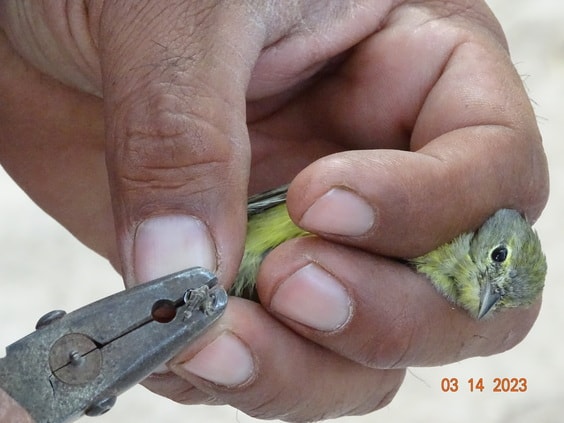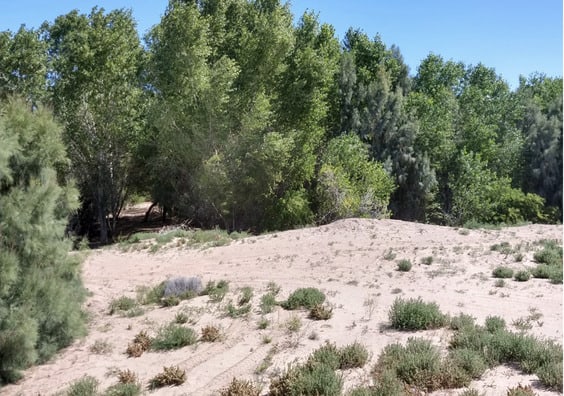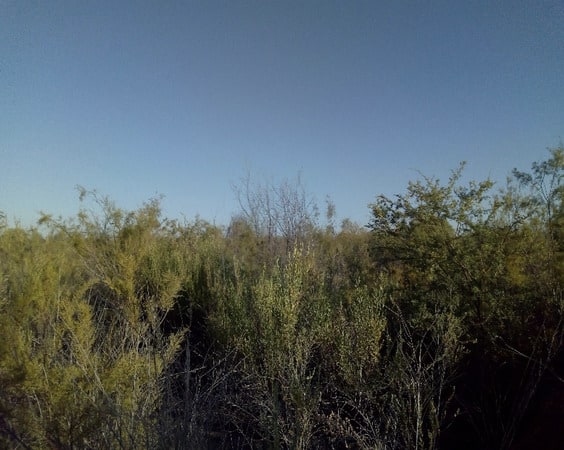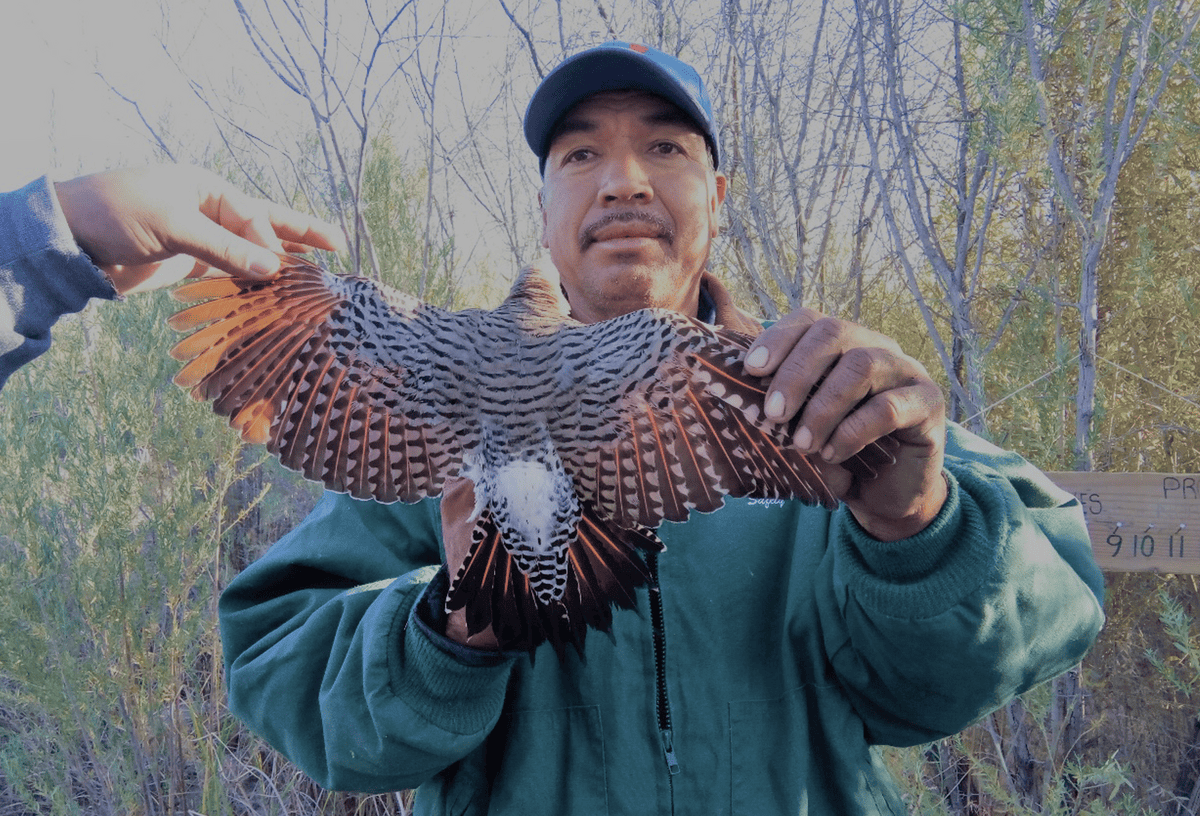By Meredith Walker, The Institute for Bird Populations in collaboration with Pronatura Noroeste
On mornings in the late fall through early spring, amid bulrushes, cottonwoods and cachanilla in the delta of the Colorado River in northwestern Mexico, Alejandra Calvo Fonseca and colleagues from Pronatura Noroeste band Swainson’s Thrushes, Bell’s Vireos, Willow Flycatchers and more. Pronatura Noroeste operates three bird banding stations in the delta as part of the MoSI Program, a network of over 200 bird banding stations across 22 countries in Latin America and the Caribbean.

MoSI is a Spanish acronym for Monitoring Overwinter Survival. The program was started in 2002 by The Institute for Bird Populations (IBP) and is modeled on the Monitoring Avian Productivity and Survival (MAPS) program, which examines bird demographics during the breeding season in the U.S. and Canada (learn about MAPS). MoSI station operators collect data during the non-breeding season of migratory and resident landbirds. The two networks are part of IBP’s efforts to gather demographic data on bird populations across their annual cycle to better understand where and when bird populations are threated and to enable targeted, effective conservation efforts. MoSI stations are operated by local partners such as government agencies, universities, private citizens, and non-profit conservation groups, like Pronatura.

The Colorado River Delta region in northwestern Mexico encompasses more than 600,000 acres and diverse habitat types from desert to wetlands. The delta has seen massive change in the last century due to transnational human impacts. Dams and diversions along the Colorado River have reduced its flow drastically such that in most years the river no longer enters the Gulf of California. Human-introduced invasive plants such as Tamarisk have taken advantage of these changing conditions to displace native cottonwoods and willows. Despite all this, the Colorado River Delta is rich with wildlife. It has been designated as a wetland of international importance and the Mexican National Commission for the Knowledge and Use of Biodiversity (CONABIO) has identified it as a priority site for the conservation of biodiversity and an Important Area for the Conservation of Birds, especially migratory birds.

Pronatura Noroeste is working to restore native vegetation in the delta and their MoSI stations are playing a big role in evaluating the impact of that restoration (they also operate MAPS stations during the breeding season—one of the very few MAPS stations outside of the U.S. and Canada). “The MoSI program and its counterpart MAPS are of great interest for the information they generate in the Colorado River delta, where we have been able to verify the importance of this site as critical for migratory birds as well as the importance of the sites where we have worked for the recovery of wetlands and riparian zones within the delta,” says Alejandra Calvo Fonseca, a biologist with Pronatura Noroeste.
The standardization of the MoSI banding protocol allows data from Pronatura Noroeste’s stations to be compared with data across the Central and South America and across the two decades that the MoSI program has been operating. Dedicated banders like Calvo Fonseca and MoSI partners like Pronatura Noroeste contribute data to build a powerful database that can help answer both current, local conservation questions like the impact of vegetation restoration in the Colorado River delta all the way to future, not-yet-conceived questions on continental scales.
If you are interested in establishing a new MoSI station, using MoSI data to answer a research or management question, or learning more about the MoSI Program, please contact Steve Albert.

